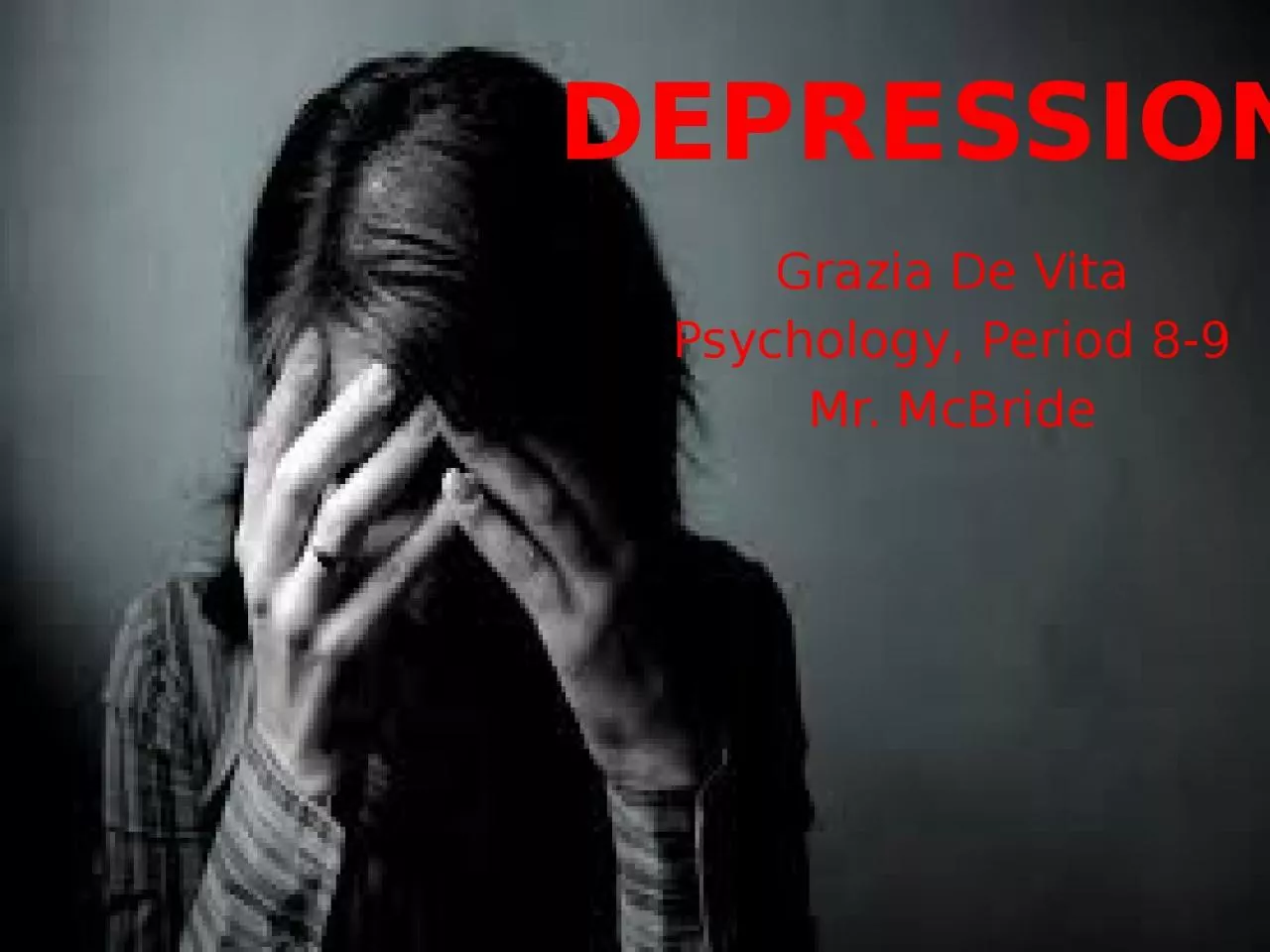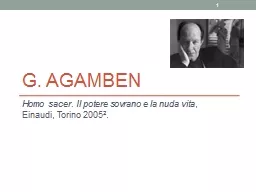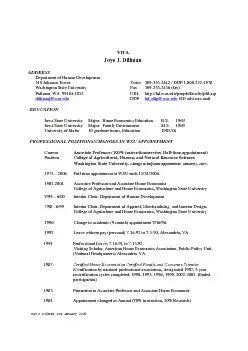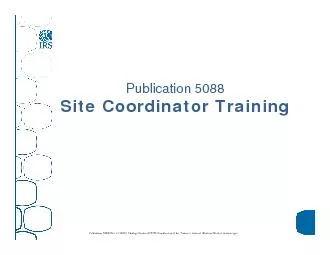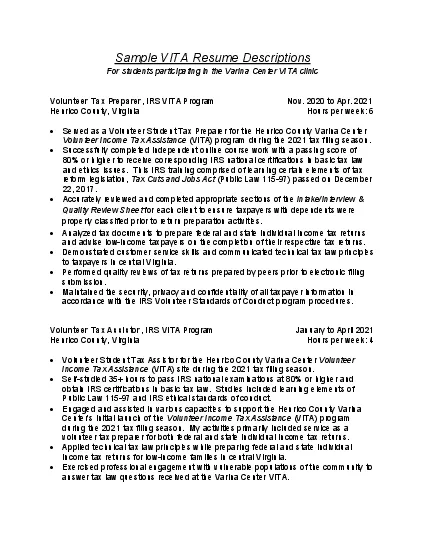PPT-Depression Grazia De Vita
Author : queenie | Published Date : 2022-06-11
Psychology Period 89 Mr McBride What is Depression Severe despondency and dejection typically felt over a period of time and accompanied by feelings of hopelessness
Presentation Embed Code
Download Presentation
Download Presentation The PPT/PDF document "Depression Grazia De Vita" is the property of its rightful owner. Permission is granted to download and print the materials on this website for personal, non-commercial use only, and to display it on your personal computer provided you do not modify the materials and that you retain all copyright notices contained in the materials. By downloading content from our website, you accept the terms of this agreement.
Depression Grazia De Vita: Transcript
Download Rules Of Document
"Depression Grazia De Vita"The content belongs to its owner. You may download and print it for personal use, without modification, and keep all copyright notices. By downloading, you agree to these terms.
Related Documents

